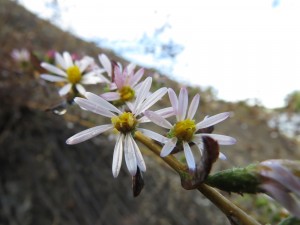 Back to Natives just received a donation of land! The 2.5 acres of land along Del Obispo Drive in Dana Point are about a mile from the Pacific Ocean, less than a ½ mile from San Juan Creek, and less than 2 miles from the Dana Point State Marine Conservation Area. It is undeveloped and will remain so to provide habitat for birds and butterflies.
Back to Natives just received a donation of land! The 2.5 acres of land along Del Obispo Drive in Dana Point are about a mile from the Pacific Ocean, less than a ½ mile from San Juan Creek, and less than 2 miles from the Dana Point State Marine Conservation Area. It is undeveloped and will remain so to provide habitat for birds and butterflies.
Wild open spaces like this, while small, provide way stations for wildlife like birds and butterflies in urban Orange County where development has limited the amount of habitat available. We are extremely grateful to have received such an amazing and openly generous gift from Kato Properties, and we look forward to being able restore the land.
Restoration of the land will begin in 2016. Back to Natives will recruit volunteers from the community to remove invasive non-native species and plant  native plants. Restoration events will occur twice a month on Sundays. Volunteers will have the ability to register for events on the Back to Natives Website, backtonatives.org, in late December.
native plants. Restoration events will occur twice a month on Sundays. Volunteers will have the ability to register for events on the Back to Natives Website, backtonatives.org, in late December.
It is our hope that this is the first of many land donations to Back to Natives. Properties like this one – on a slope – are not ideal for development, but are ideal habitat areas. Now we need your help to raise funds to help restore the land. We have our work cut out for us, but we know our amazing supporters are ready for the challenge.
If you’re like me your inbox is filled with donation requests from dozens of great non-profits. You wish you could give to them all, but you must decide where your dollars will make the greatest impact. Donating to local, grassroots organizations like Back to Natives is a great place to start. Back to Natives works to restore habitat and provide environmental education here in Orange County were you live.
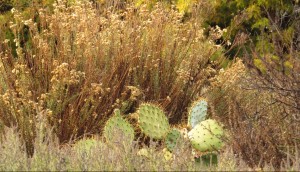 We are so grateful for your support, and for sharing our mission of connecting the community to habitat restoration through service learning and native plant education. Your financial contribution – of any amount – will help support our programs, and make a real impact on our local environment. We hope you will partner with us so we can continue to promote native plants and improve habitat in Orange County. – Reginald Durant, BTN Executive Director
We are so grateful for your support, and for sharing our mission of connecting the community to habitat restoration through service learning and native plant education. Your financial contribution – of any amount – will help support our programs, and make a real impact on our local environment. We hope you will partner with us so we can continue to promote native plants and improve habitat in Orange County. – Reginald Durant, BTN Executive Director



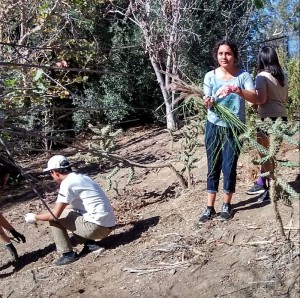
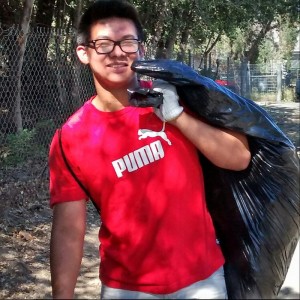
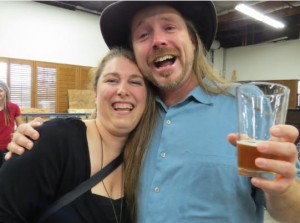

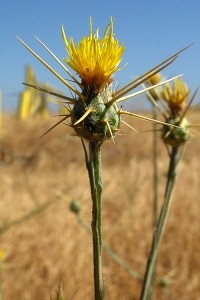
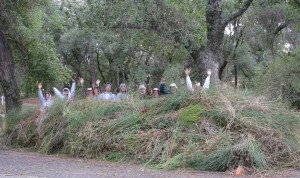
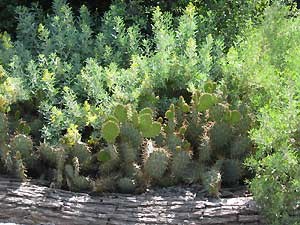

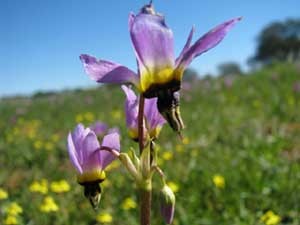
 Spend more time enjoying your garden and less time maintaining it. Natives require less work at garden chores such as mowing, pruning, fertilizing and dividing. California native plants are adapted to a wide variety of growing conditions and fine native plant choices exist for virtually any garden environment. The biodiversity promoted by a native plant garden will reward the owner with satisfying experiences of discovery and observation, not only of the plants themselves, but a host of other species… birds, insects, mammals, etc. A good native plant garden complements the indigenous habitat and by growing plants found in our resident plant community, we bring in all sorts of nearby creatures dependent on that habitat. In a small but significant way, we as native plant gardeners begin to help secure a connection with the natural world that is infinitely more satisfying than mowing the lawn.
Spend more time enjoying your garden and less time maintaining it. Natives require less work at garden chores such as mowing, pruning, fertilizing and dividing. California native plants are adapted to a wide variety of growing conditions and fine native plant choices exist for virtually any garden environment. The biodiversity promoted by a native plant garden will reward the owner with satisfying experiences of discovery and observation, not only of the plants themselves, but a host of other species… birds, insects, mammals, etc. A good native plant garden complements the indigenous habitat and by growing plants found in our resident plant community, we bring in all sorts of nearby creatures dependent on that habitat. In a small but significant way, we as native plant gardeners begin to help secure a connection with the natural world that is infinitely more satisfying than mowing the lawn.